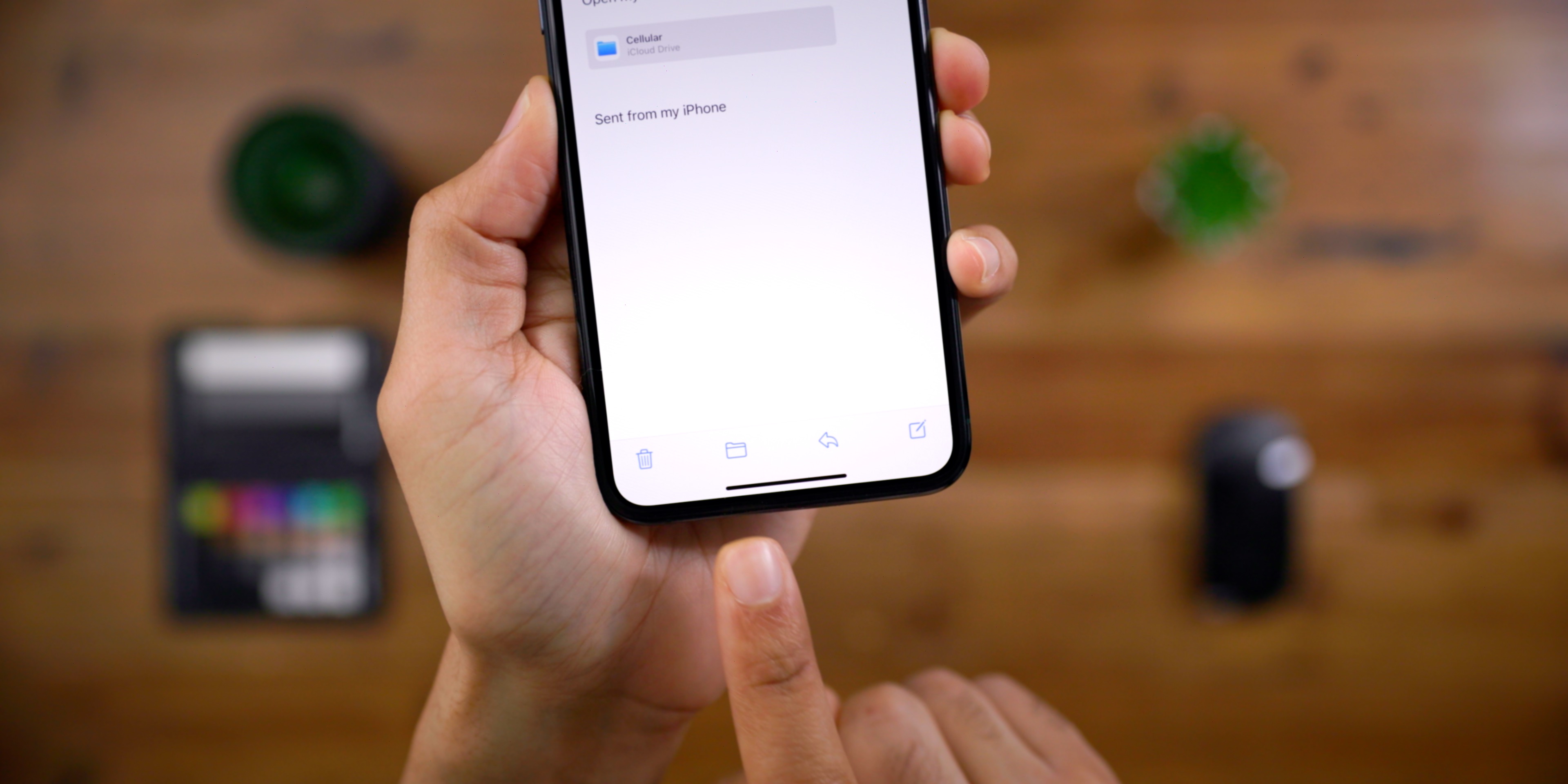
I never had ANY problems with MIDI files or live MIDI In Cubasis - never ever!Īnd I never had to create something like you posted! I understand it may be challenging for some as it was for me, but once I understood what I was doing in Cubasis, I knew exactly what to do in Beatmaker said:
#AUDULUS NO TOOLBAR IOS HOW TO#
Although it make take some time to learn how to do this, once you understand it, you have understood something very important about how production hardware and software interface. This is a basic midi technique that gets used all the time for sequencers. This midi note then gets sent to Audulus and the midi input module tells the sequencer to reset its sequence. Then you add a note at the beginning of the bar and duplicate the bar for however long your track is. In order to send a reset to a sequencer, a trigger that tells the seqencer to start at the beginning, you create an empty midi track and then go into the pattern section of your DAW (Cubasis or BM3). You need to do what? Add one single note at the beginning of a bar?!? Your text about BM3 seems to possibly explain, why I never got BM3 to run with any Synth? Part of why people are drawn to synthesis is the logical, algorithmic learning involved in the designs - the very basic joy of knowing why something sounds the way that it said When you turn back to Zeeon, KQ Dixie, Phosphor 2, or any of the effects like Dischord, or Kosmonaut, you go from a knob turner to some who is marveling at how something works. Then, each little bit you learn increases your understanding of synthesis. When you work with something like Audulus you can humble yourself about what happens when you route control voltages to modulate parameters. You could buy an 0-Coast, but it doesn't mean you would understand what you are doing. Now look at Robert Syrett's inspired creation: In the meantime I would say that if you have wanted a Eurorack, this is good way to learn modular synthesis and understand how it works. If you have a Eurorack then things get even more interesting because people have been incorporating patches that work with the Expert Sleepers ES-8, so you can plug your iPad directly into your Eurorack. I mean you could look at a Eurorack modular system and say "that's too complicated." But if you are humble and you like the idea of really unique synthesis and have been drooling over eurorack for years, this is the goto on iOS. For what it's worth, Audulus at least looks is absolutely correct. I can understand things in the conceptual sense, but in application I get lost easily.Īnd yes - SunVox interface is the ultimate turn off for me since I abandoned trackers in the 90's.


I read every Audulus thread, but I have to admit a lot of it is above my pay grade. If you like SunVox, but are not a fan of the interface, you should take a good look at Audulus 3. If you like SunVox, but are not a fan of the interface, you should take a good look at Audulus said: But the app is very much alive and in current development, with the connectivity options I had hoped for on the list of things to come. I have to admit, the connectivity is not as robust as I had assumed, and I was a little disappointed in that regard.
#AUDULUS NO TOOLBAR IOS FREE#
The free creations make it very useful even if you never build anything yourself. The learning curve is unusually high for an app, but it is crazy powerful.

I just got this app in the past month, and it is pretty beastly. It is like having access to a whole range of useful, new, free music mini-apps. You don’t have to know how to or actually make anything, but you can still use awesome things other wizards have created and shared with the Audulus community. If the black light poster images above look too daunting for you, fear not. It is almost like a high level music app sandbox type of thing.

It is great for people who like to build their own stuff, instead of buying everything in pre-made app form. You can create your own tools such as synths, Fx, sequencers, etc. Audulus 3 is a pretty deep modular system.


 0 kommentar(er)
0 kommentar(er)
